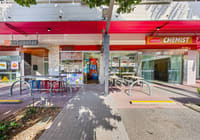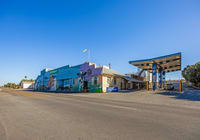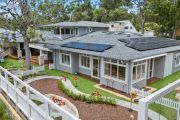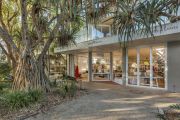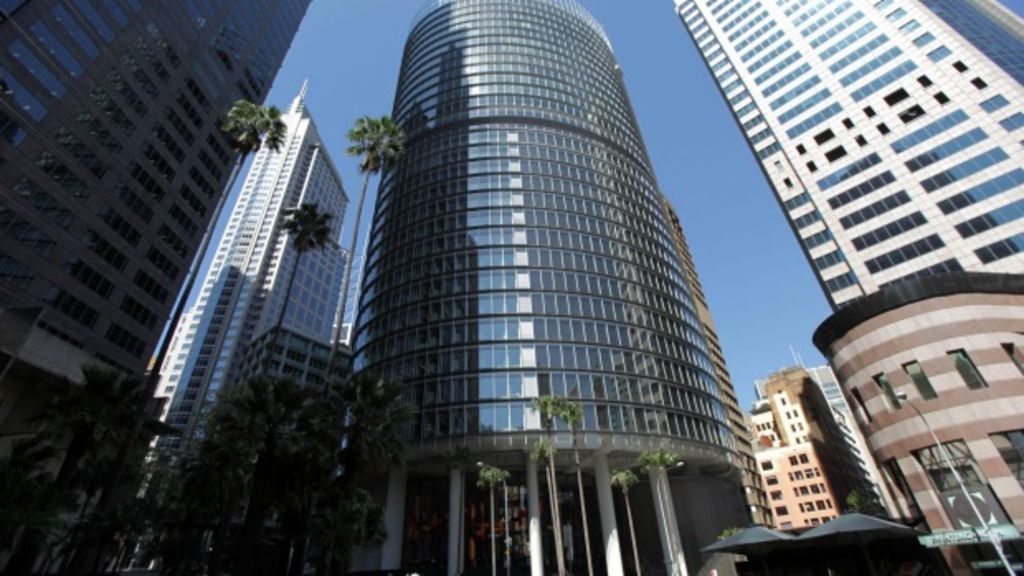
Sydney and Melbourne lead diverging CBD office market recovery
The CBD office market ended the past financial year in a healthier state for landlords, but with only Sydney and Melbourne showing any great improvement, according to the latest June quarter figures from JLL.
Nationally, net absorption was 110,200 square metres for the final quarter of FY16 – with the vacancy rate tightening to 11.9 per cent from 12.4 per cent – and 291,800 square metres for the full-year, an above trend figure.
Of this, Sydney and Melbourne accounted for 81 per cent of total national CBD net absorption over the quarter and 88 per cent over the year.
They also had the lowest vacancy rates at 7.1 per cent and 8 per cent respectively and were the only capital cities were incentive levels have started to fall, according to JLL.
 CBD vacancy and change in prime gross effective rents.
CBD vacancy and change in prime gross effective rents.
“Melbourne and Sydney were good to office tower owners in FY16 with a contraction in incentives over the past 6-12 months,” said JLL head of office leasing Tim O’Connor.
“Sydney incentive levels are back in the teens for the A grade and secondary market, with Melbourne following the same trend,” he said.
Perth’s CBD office market continued to weaken with negative net absorption recorded over the quarter, lifting the vacancy rate to 24.6 per cent with rents falling almost 14 per cent over the year.
Both Brisbane and Adelaide recorded positive net absorption of office space and declining vacancy rates, but both had vacancy rates above 16 per cent at the end of the June quarter.
JLL’s head of strategic research, Andrew Ballantyne said there were “tangible signs of recovery in the Brisbane CBD leasing market” with the Queensland economy having “past through the trough”.
In Canberra, the vacancy rate tightened to 13.2 per cent with a 2.5 per cent rise in gross effective rents over the year.
“The headline numbers we printed for the office sector were very positive over the 2015/16 financial year. However, the divergence between the stronger performing markets of Sydney and Melbourne and those markets with challenging leasing market conditions widened further over the past 12 months,” Mr Ballantyne said.
Sydney was the standout market for rental growth with gross effective rents rising 2.1 per cent over the quarter and 12.2 per cent over the year despite a marginal increase in the vacancy rate (as more backfill space became available) with “multiple industry sectors in an expansionary mode” including financial services, professional services and technology firms.
Mr O’Connor said tenant displacement due to compulsory acquisitions for the Sydney Metro and the conversion of office assets were starting to have an impact on leasing activity.
“However, only a small fraction of these tenants have committed to new premises and displacement will generate new leasing enquiry over the 2016-17 financial year.”
Melbourne’s rental growth over the year was far more muted than Sydney at just 2.6 per cent, despite absorbing more office space.
But, according to Mr O’Connor, an upcoming hiatus in CBD project completions and a reduction in the number of options for contiguous space created an environment for above trend rental growth over the second half of 2016 and into 2017.




